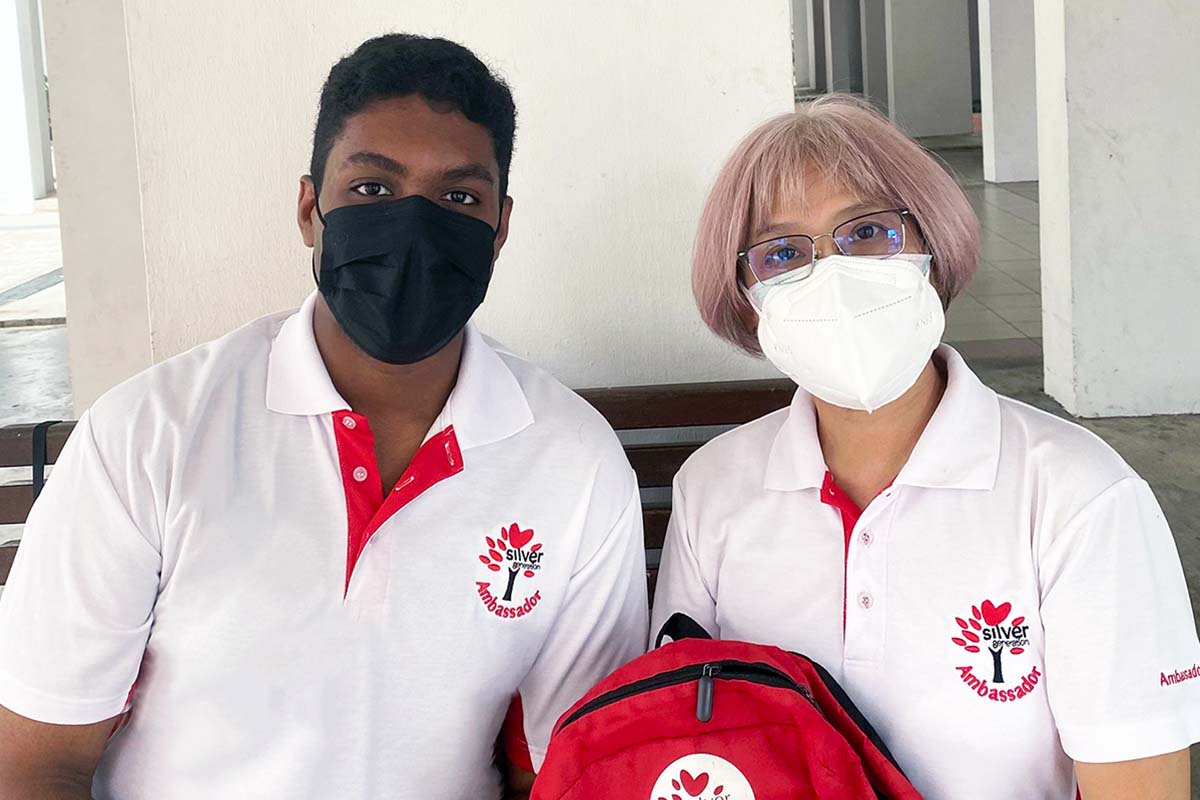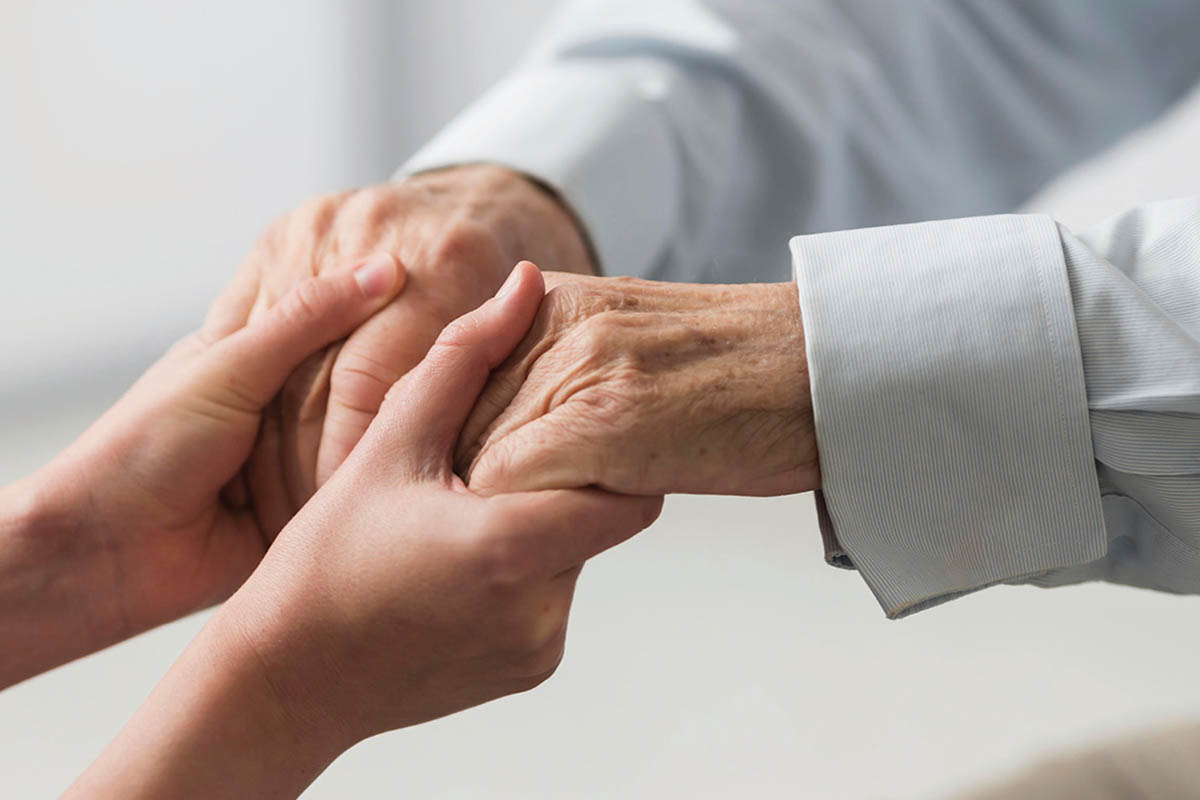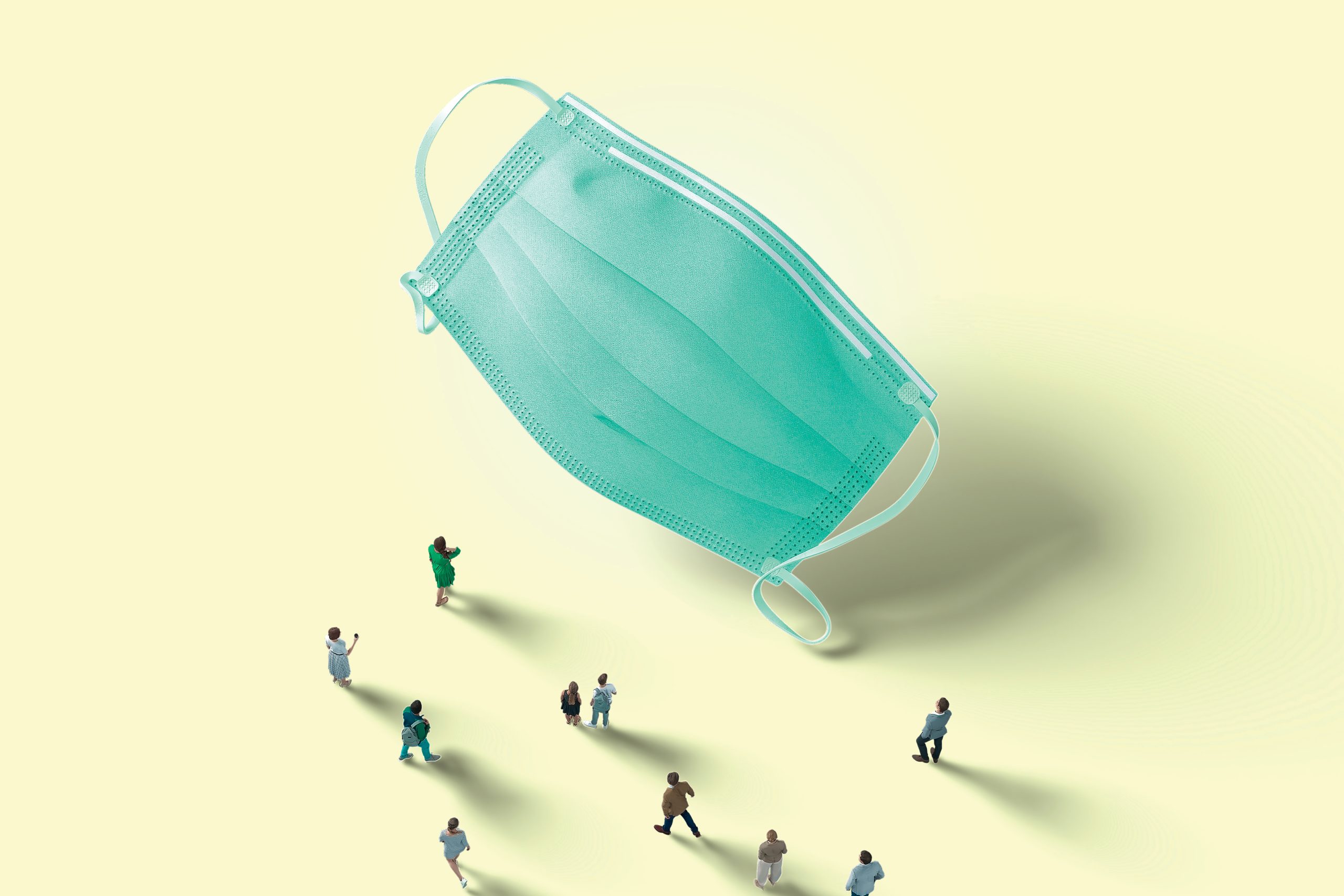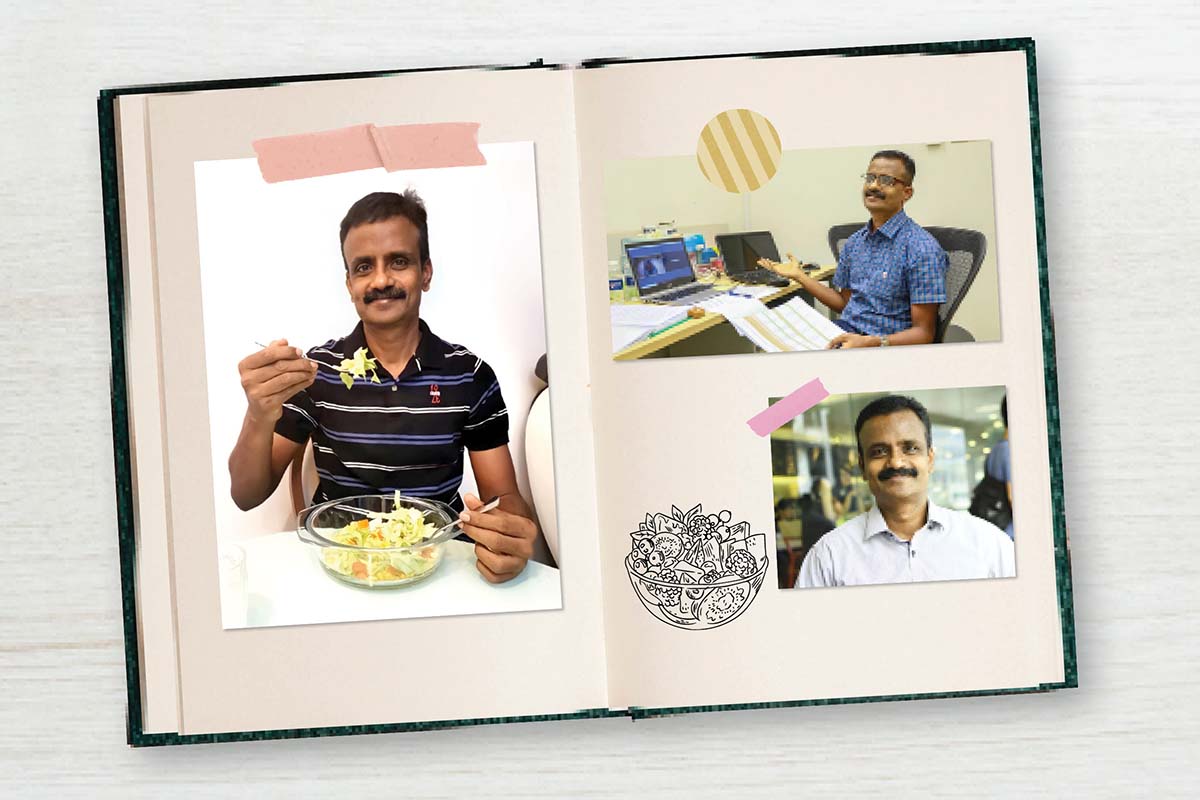
Issue 41 / February 2022
IN VIVO
Helping Our Senior Citizens Grapple with Health Assistance Schemes

I remember the first time I was deployed as a Silver Generation Ambassador (SGA). It was a nerve-wracking experience as one never knows what to expect at the front gate of each household. Thankfully, that early Saturday morning, I was greeted by wide smiles, as residents recognised our distinctive red and white uniforms. Since that first encounter, I have learnt so much from people from all walks of life, especially in the context of healthcare.
s a Silver Generation Ambassador, I visit the seniors who live in my neighbourhood, especially those from the Pioneer and Merdeka generations. On our door-to-door visits, we check up on many different aspects of their lives beyond just physical health. For instance, we may look into their financial situation and social state, as well as talk about government and community programmes and policies affecting them.
As a second year medical student, I am aware that my perception of the healthcare system is somewhat rose-tinted. I am optimistic. I am assured. I am hopeful. This is not to say that the reality is the opposite but rather more nuanced; different people have different experiences. In school, I learn that policies like Medisave and Medifund serve as safety nets for those who need it. When I conduct my visits, I realise the intricacies of these schemes and how their effects manifest. It opened my eyes to how linear my views about these measures were.
These complexities may pose a challenge to seniors who are trying to understand them so I prepare myself with the lingo and phrases that are simple yet essential.
I realised how daunting information, or the lack thereof, can be. In a rapidly evolving society, seniors who need help to clarify their understanding of policies and programmes may not always have their needs met.
As a newbie ambassador, I found myself blathering on about new schemes they heard about in passing either from friends or the news. In one instance, I could tell that the elderly man I was talking to was hoping that I could help him make sense of all the information. However, I could only repeat the jargon that I had heard.
“As a second year medical student, I am aware that my perception of the healthcare system is somewhat rose-tinted. I am optimistic. I am assured. I am hopeful… In school, I learn about policies like Medisave and Medifund that serve as safety nets for those who need it. When I conduct my visits, I realise the intricacies of these schemes and how their effects manifest. It opened my eyes to how linear my views about these measures were.”
Now that I have become more skilled in communicating, I am sensitised when conversing about anything new with them and I have found a way that helps people contextualise details—What does this mean for you? How is this different? Why should you consider this? These trusty rhetorical questions have enabled me to paint pictures for these seniors.

Back when CareShield Life was announced in August 2020, I was puzzled as to what it meant. So I can only imagine the confusion the seniors felt. For those aged 41 and above in 2020, they would have already been under pre-existing insurance policies such as ElderShield 400. Thus, when I found out that the Silver Generation Office was planning to get seniors on board this new scheme when it opens for sign-ups from end 2021, I knew I had to do my own research. Being able to break down the information I have gathered from different sites about eligibility, payouts, premium differences, etc., has been extremely helpful and it has been heart-warming to see the faces of seniors light up with understanding after my explanation. It has also made me understand how the decision to receive healthcare is a rather complex one with many factors to be considered by an individual.
In future, when I see patients, I hope to be able to appreciate the steps they have taken in their healthcare journey even before stepping foot into the hospital. Most importantly, I hope to urge future medical professionals like myself to constantly remember to view healthcare from the other side.




